8 Best Summer Vegetables to Grow in India
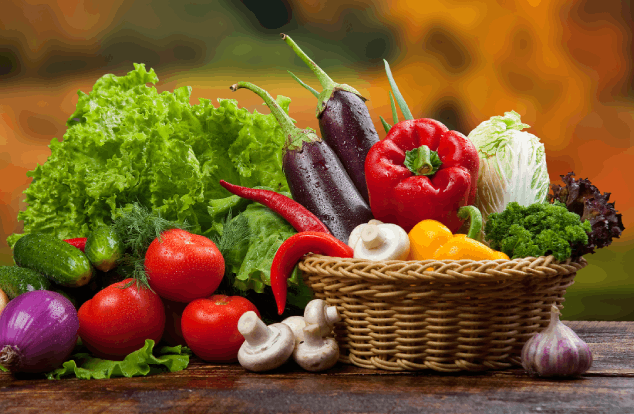
Agribusiness employs more than fifty percent of the populace in India. Farming as a whole consists of several interconnected enterprises. If you are one of them, plan what to sow this summer. Summer is the best period to cultivate a range of summer vegetables. These fruiting veggies spring to life in your veggie garden when the soil heat goes up, and the sun shines brightly.
Green chilies
Green Chillies has always had a split fan base. Some people prefer eating them uncooked, while others painstakingly take the chilies from their dish. If you fall into the latter camp, here are a handful of health advantages that may convince you to rethink green chilies forever! Green chilies boost metabolic health. Green chilies cure gastrointestinal ailments. They are high in nutritional fibers, which aid in purifying your colons and the regularity of your bowel habits. Adding green chilies to the diet lowers the chance of eye problems such as cataracts and aids in vision improvement. Let’s see how to grow a chili plant.
● Summers are the best time to plant green chilies, take a 12-inch depth and 24 inches wide pot to plant green chili.
● For an effective seedling, bury two seeds in every pot, by this the seed and roots will get sufficient sunlight and oxygen easily.
● Transfer the sapling to direct earth mud, once the growth reaches 4 to 6 inches.
● Green chili plants require watering on a daily basis, so don’t make the soil soggy by overwatering.
Spinach
Spinach is a rich source of nutrients packed with plenty of minerals in a minimal calories. It is essential for diabetes treatment since it includes alpha-lipoic acids, an antioxidant that has been demonstrated to reduce glucose levels. Learn more about the best crops to plant in August. The week before growing, add old manure to the soil.
● Plant for an autumn harvest in mid-August, when the soil is more excellent.
● A week before sowing, add old compost to the topsoil.
● Plantlets can be grown inside. However, it is not advised because seedlings are difficult to move.
● Plant seeds at 12 to 1-inch depths and gently compose them with soil. Fill up 12 seeds per foot of rows, or scatter across a broad row or tier.
Beans
Begin planting beans now that the soil and air temperatures have warmed up. Try a 7-10 day cycle of seeding various types. This will provide continuous bean crops rather than a vast harvest with wasted yield. Beans are pretty adaptable, thriving in both full sun and partial shade. Pole beans require less area to thrive as they climb higher. Bush beans demand more space to grow. The best time to plant beans is in March or April.
● Beans thrive in nutrient-rich, well-draining soil. To enrich your soil for beans, combine garden manure and planting soil.
● Bean seeds must be planted straight on the earth. The plant stems are sensitive and can be harmed over the transfer procedure.
● Set the trellis to the correct point where you want your bean to grow.
● Assure your trellis is well-anchored in the soil to avoid falling and causing harm to your plants.
● Sow the bean seedlings 9-12 inches spread, deep into the soil. Drill a 1-inch pit, insert the seeds, and fill it carefully with soil.
Tomatoes
Tomatoes are typically grown indoors and moving into the yard. Tomato saplings are often put in the gardening one to three weeks after the last frost. Initial tomatoes need 50 to 60 days to mature after implantation; mid-season tomatoes take 60 to 80 days, and delayed tomatoes take 80 or even more days.
● Select your pot according to your tomato species; the common area is 24 cm.
● Fill the pot halfway with damp gardening soil and organic manure.
● Delve a 3-inch pit in the center of the pots and place the seedlings there.
● Put the jars outdoors, where there will be plenty of sunshine.
● Tomatoes can be transplanted from the nurseries to the pots of your choice.
● Before sowing during transplanting, mix the potting soil with organic fertilizers.
● Don’t forget to fix the trellis for stability.
Brinjals
Brinjals have high fiber and many phytonutrients. While selecting brinjals, you must always favor those with silky and rigid skin that feels hefty for their stature. Remove brinjals that have mushy areas or wrinkled portions. This vegetable, which is rich in minerals and micronutrients, comes in various colors and ranges from purple to black to a relatively close white.
● Bury brinjal seeds 10 mm in depth and 24 to 30 inches spaced in areas.
● Water brinjal plants daily.
● Move the young trees to big pots with a volume of 4 to 5 liters & 12 inches long.
● Insert a stick in the container and attach your shrub to it for improved stability
Cucumber
With the capacity to modulate body heat, cucumbers have a high fluid content (96 percent ), making them a moisturizing and cooling option in the summertime. Being a participant of the puree family efficiently helps flush out pollutants from the intestinal tract and helps in enhancing the digestive process. If you would like to solubilize kidney or bowel stones, then cucumber is an excellent solution for you!
● Ensure the topsoil is not soggy and is wet and just moist.
● To improve the topsoil, add vegetable material depths of at least 2 inches before sowing cucumber seedlings.
● Sow seedlings at 1-inch depth and 6 to 10 inch spacing in groups that should be 1 inch deep and 6 to 10 inches spaced apart.
● Plant saplings 12 inches between if you’re transplanting plants. If you wish the shrub to rise or have little room, a trellis can be a good choice.
Bottle gourd
Bottle gourd, also lauki, restores the control system by generating a cooling sensation. Due to its high water content, this summer vegetable reduces acidity and improves digestion. Summer vegetables have the presence of water and also quickly rejuvenate thirst, keeping the body cool during the summer. Absorption of bottle gourd juice and a tsp of lime juice is a fantastic diuretic; it leads to greater output of urine which also metabolizes the body.
● Summer is the best time to start cultivating bottle gourd seed. To hasten to sprout, immerse the seedlings in water overnight.
● After sprouting, place the seeds approximately 24 inches in between to give the seedlings space to improve.
● Pick 12-inch deep planters and a strong trellis for gardening. Hold the budding plant with a thread.
● The fruits can grow big on the trellis, so the plants are sturdy.
● To grow, the plant needs 8 hours of sunshine every day.
Conclusion
As some favor the lower temps of winter and early spring, some summer vegetables require maximal sunshine and hot weather conditions for growth. Summer is a great time to cultivate veggies that love warm temperatures. Summer vegetables are short-season crops often planted between the Kharif and Rabi seasons. Summer vegetables require warm droughts and warm days to develop vegetatively and reproductively. These veggies demand at least 6-8 hours of direct sunshine and an ideal soil temp to thrive. As a result, the extended day length and warmer summer temperatures promote blooming and ripening in these veggies.
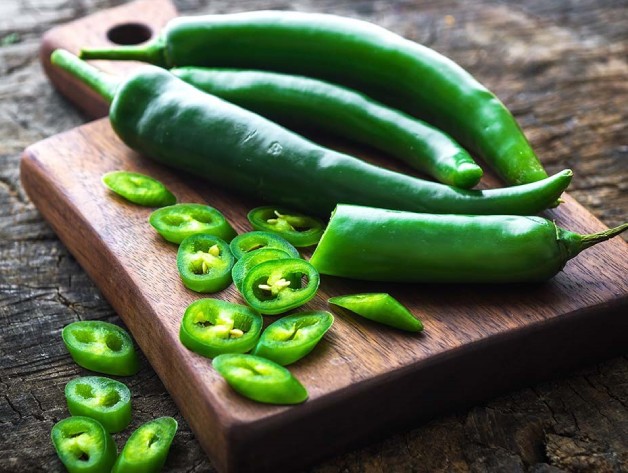



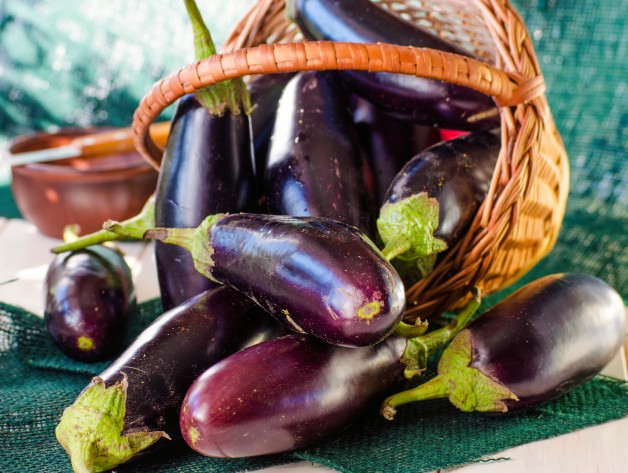
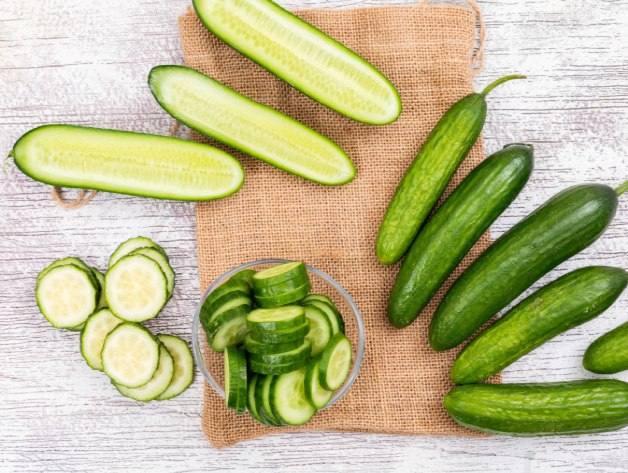

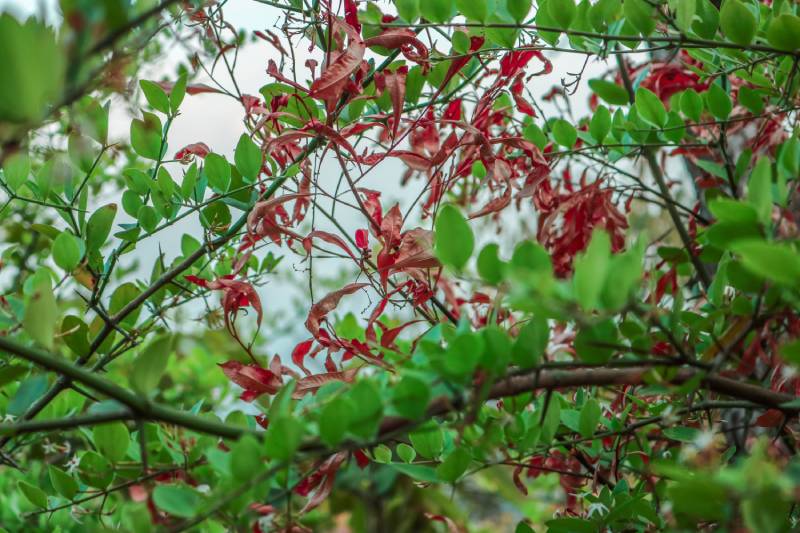
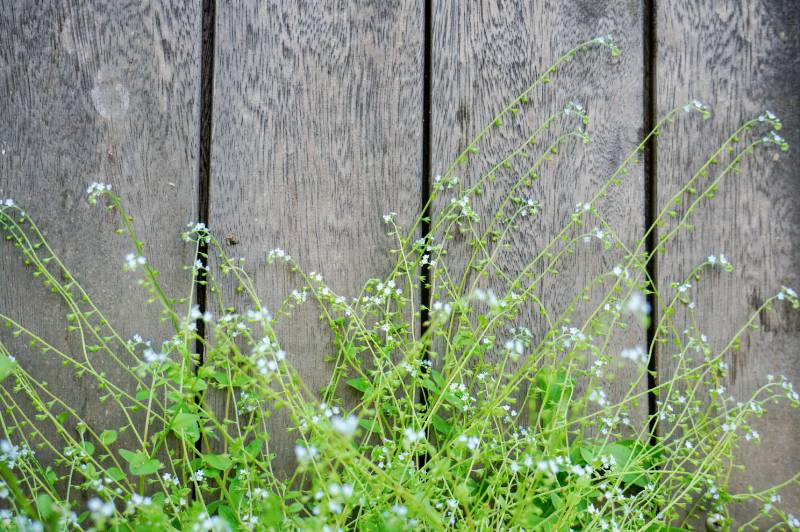
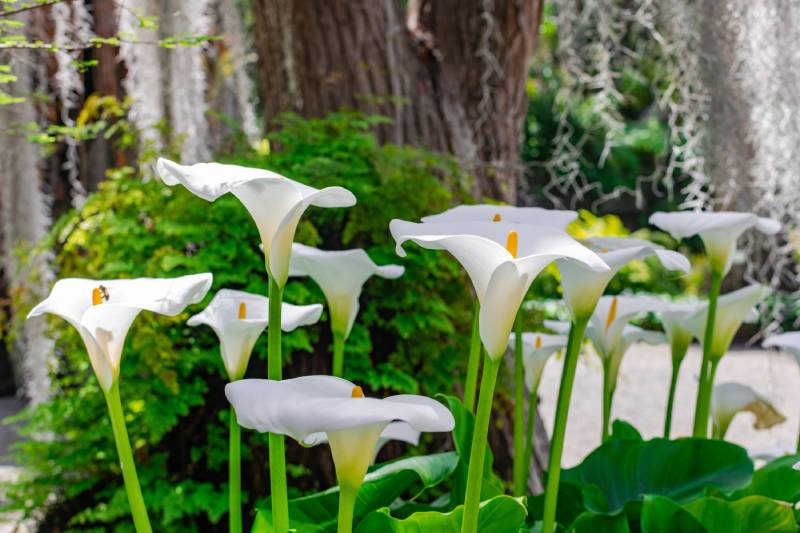
Leave a Reply